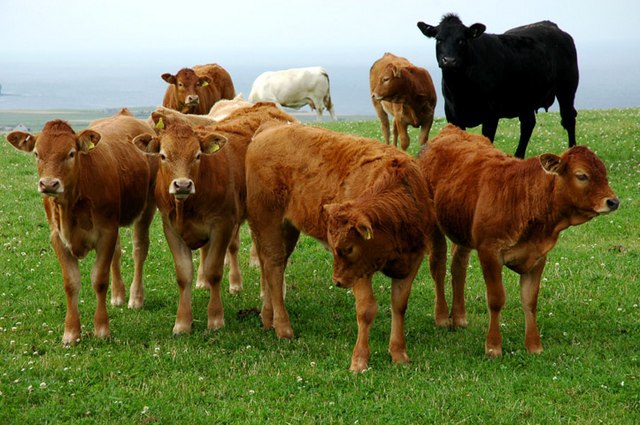The Aussie beef sector is recovering, with the latest producers’ survey showing 34% of respondents expecting positive outcomes for 2024.
In the April 2024 assessment known as Beef Producer Intentions Survey, producers’ optimism soared by 23% from the 11% of November 2023.
Incidentally, the conditions in November when predictions of an El Niño drought threatened cattle livelihoods have changed dramatically by mid-2024.
For one, the drought has not turned up and cattle health has rebounded and so will prices in coming months.
According to Cattle Australia’s CEO, Dr. Chris Parker, on June 6, 2024, the industry is strengthening and prices are “coming back.”
Indeed, echoing the April survey are reports of good cattle prices in southeast Australia, including Victoria and New South Wales (NSW).
According to Meat & Livestock Australia (MLA) on June 27, 2024, heavy cow prices have risen by 5 AU¢, to 218 AU¢ per kg.
Another aspect from the survey that shows the Aussie beef sector is improving is optimism in cattle numbers. 28% of survey respondents want to increase their herds, 54% will keep theirs intact, while 27% plan decreases.
The intention to keep or increase cattle is a sign that 2024’s rainy summer has laid the promise of grass. This is unlike November 2023 when most respondents intended to sell their herd to avert lack of grass.
All the same, MLA predicts that by June 30, 2024 Australia will have 1% less cattle than in 2023.
The projected small decrease is good news for a market that in April 2024 was selling in an oversupplied market.
Other indicators from the April survey include a grass-fed beef herd size in Australia of around 26 million heads. Of this number, 50% are cows of a breeding age.
Regionally, Queensland accounts for 48% of the total beef cattle in Australia, NSW 20% and other states 32%.
Australia is regularly among the world’s top 3 biggest beef exporters by volume and in 2024 has attracted mainly American imports. For this reason it is no surprise that the Aussie beef sector is more optimistic than it was in 2023. The statistics below underline figures that drive this optimism.
Australia/Aussie Beef Cattle Statistics
Australia exports live cattle, fresh/chilled beef and frozen beef categories. In 2020, the Oceania nation ranked second in beef exports worldwide after Brazil at 1.476 million tonnes or 13.66% global share. In 2023, Australia ranked third after the U.S. and the Netherlands in fresh/chilled beef exports worth $2.8 billion. This represented 9.5% of the global value.
How many cattle does Australia have?
2023 saw the most cattle in a decade in Australia at 28.7 million heads. This will however dip slightly to 28.6 million in mid-2024, according to MLA.
How much beef do Australians eat per capita?
Australians consumed 37.02 kg of beef per person per year in 2020, the fourth highest globally. Only Argentina, Zimbabwe and the United States had higher count in descending order.
